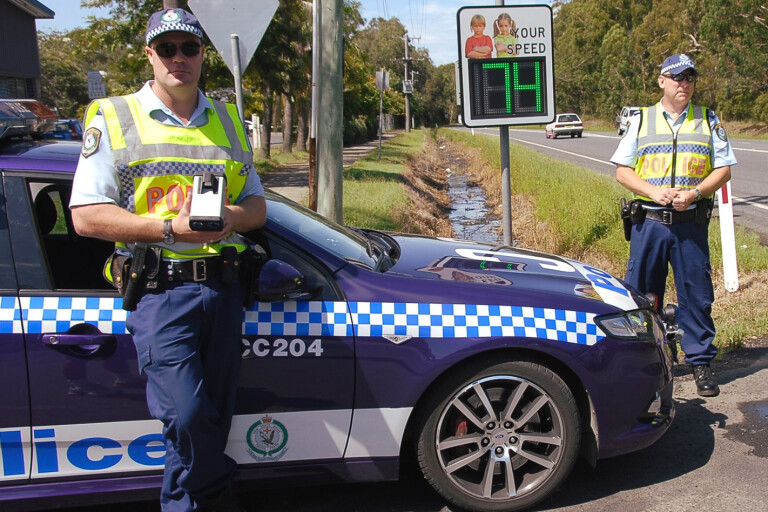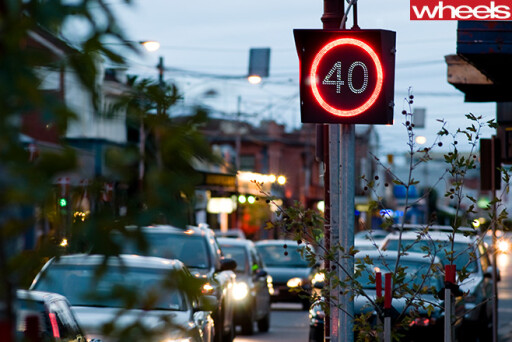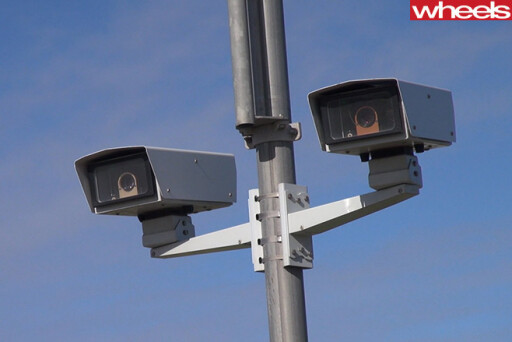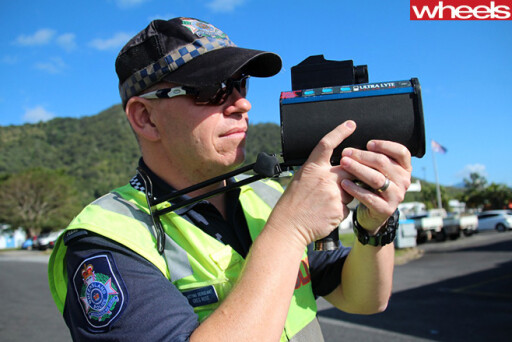
Discussion paper suggests future cars plying Australian roads will automatically dob in law-breaking drivers to police.
AUSTRALIA’S highest road transport authority has imagined a day in which there’s no need for police to watch our roads – because there will be an electronic cop hard-wired into every car.
A discussion paper released this week by the National Transport Commission imagines a time when cars will be able to police themselves.
 The paper, Land Transport Regulation 2040: Technology, trends and other factors of change, goes on to say that it will probably be more important for the law to protect the data flowing from the cars to the car-sharing companies that own them “rather than on road offences”.
The paper, Land Transport Regulation 2040: Technology, trends and other factors of change, goes on to say that it will probably be more important for the law to protect the data flowing from the cars to the car-sharing companies that own them “rather than on road offences”.
“Indeed, with automated vehicles on our roads that are each equipped with a full array of sensors and detectors, there may be little need for on-road enforcement at all,” it says.
“Each and every automated vehicle could stream footage and other data of illegal or unsafe behaviour direct to enforcement personnel.”
 The paper also notes that once the car is in control of the driving, the opportunity for government to bank revenue from traditional sources including speed and red light camera fines could be hard-hit.
The paper also notes that once the car is in control of the driving, the opportunity for government to bank revenue from traditional sources including speed and red light camera fines could be hard-hit.
Statistics show that last financial year, the NSW government earned $103 million from speeding fines and $71.8 million from red light camera offences, adding almost $176 million to the state’s coffers. In the first two months of this financial year, the state has already collected more than $38.4 million.
 Victoria, meanwhile, earned more than $356 million last financial year in speeding and red light camera fines. In Queensland, $155 million was collected in road-related fines last financial year, which is predicted to jump to about $183 million this financial year.
Victoria, meanwhile, earned more than $356 million last financial year in speeding and red light camera fines. In Queensland, $155 million was collected in road-related fines last financial year, which is predicted to jump to about $183 million this financial year.
The paper identifies automation, shared mobility, the use of data and a shift in consumer demand as key factors likely to drive how our roads will look, and flow, in 2040.
The discussion paper will be used to kick-start government into thinking about future transport needs and the framework needed to make it happen.

COMMENTS